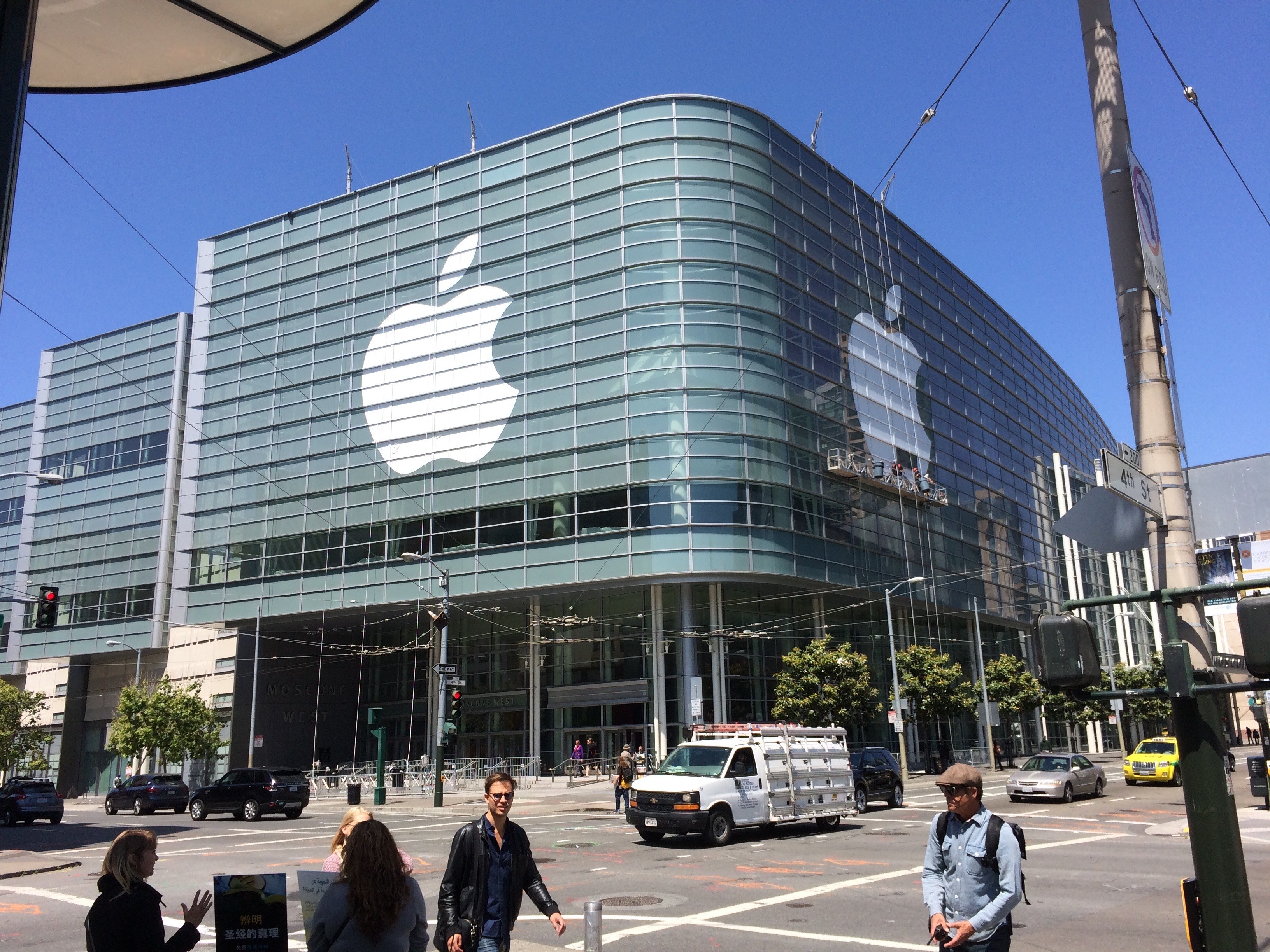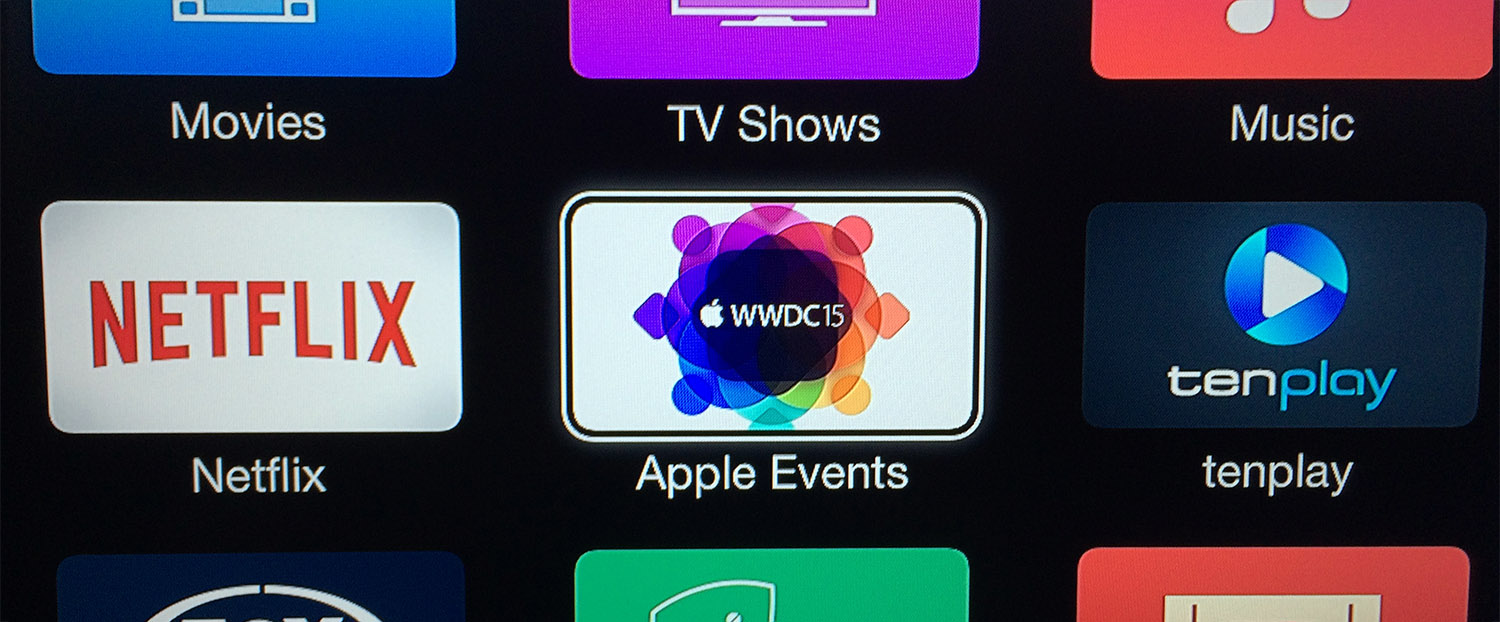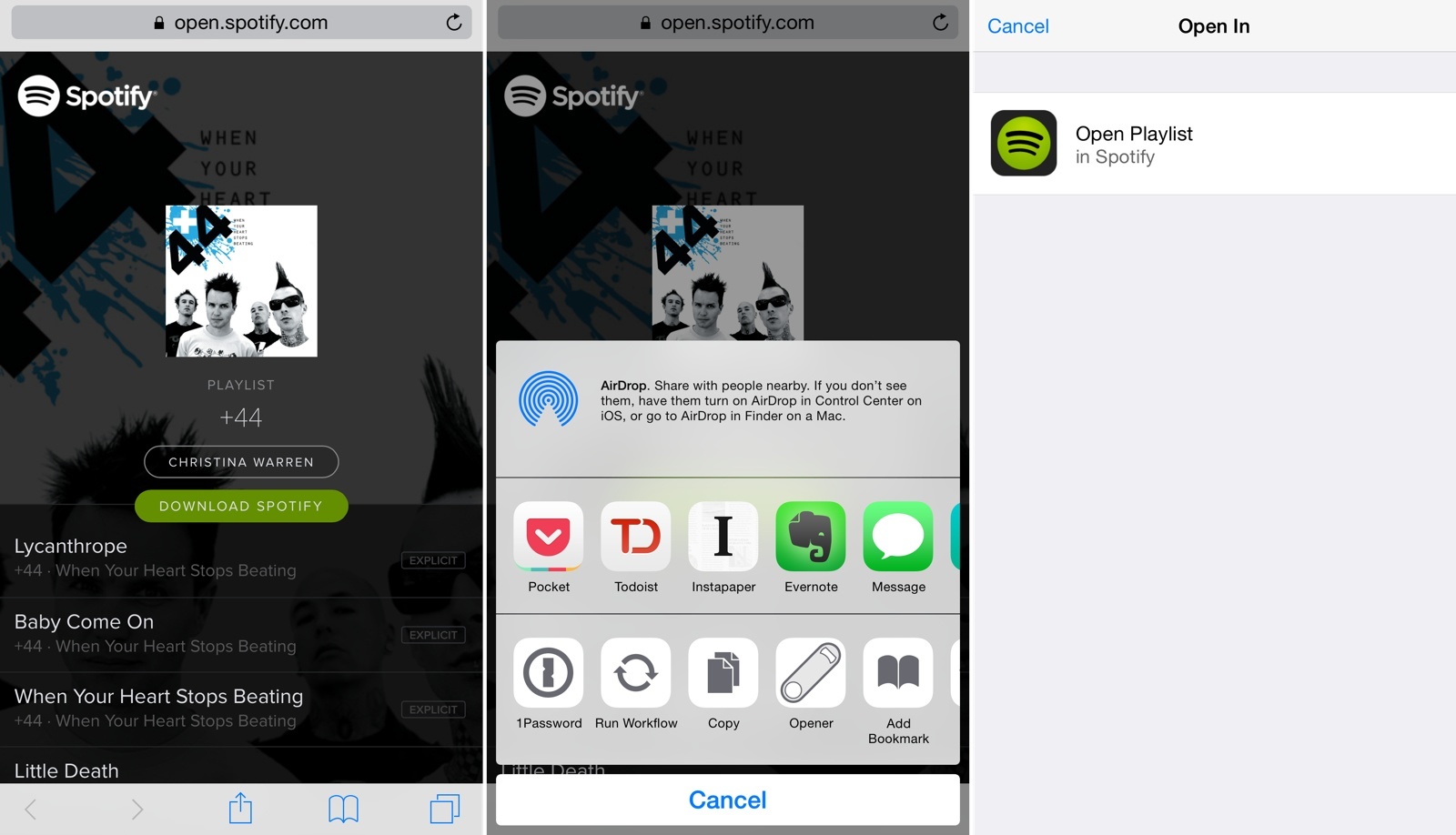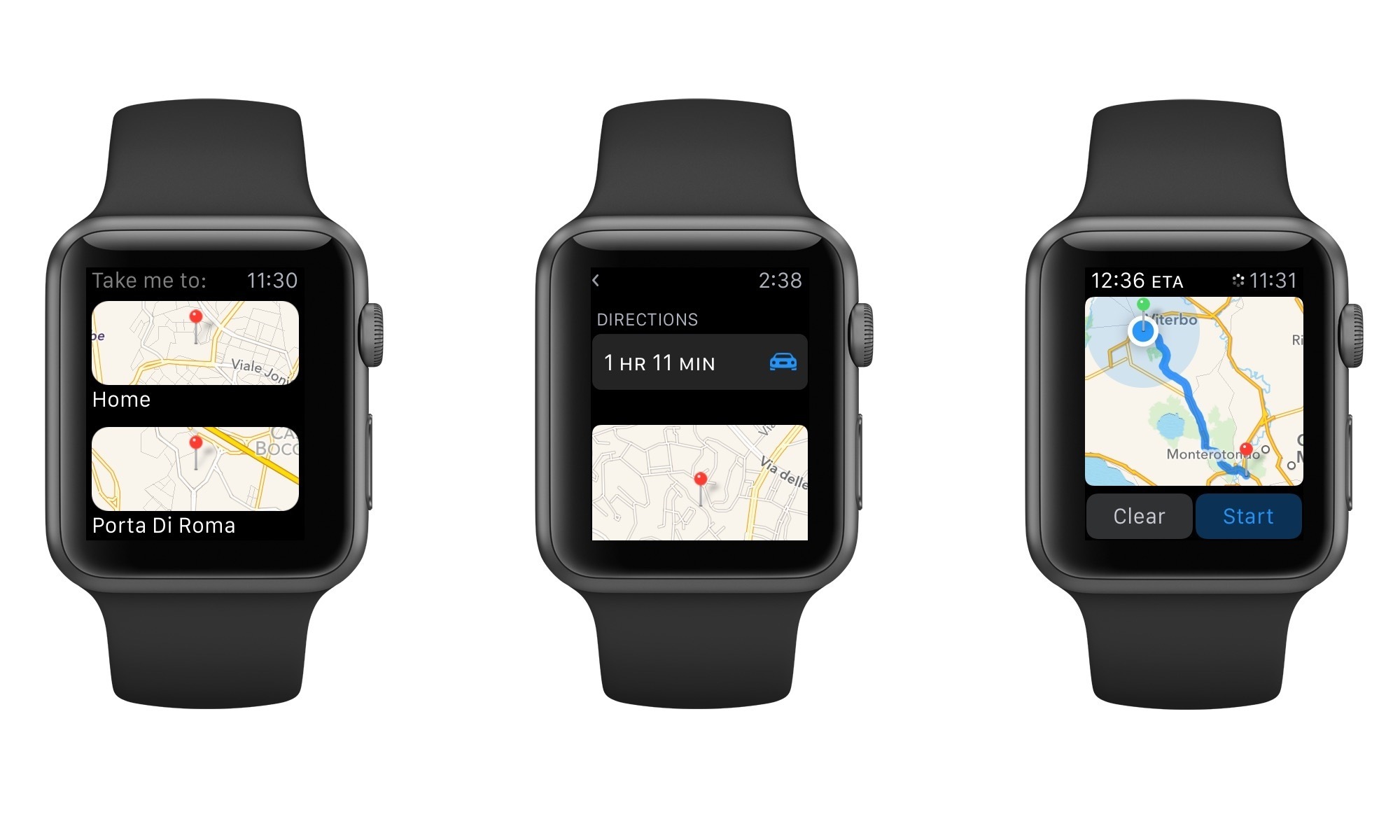In a blog post, popular task management service Wunderlist has announced they’ve been acquired by Microsoft. Wunderlist, like Sunrise, will remain an “independent” app for now, but it’ll likely be more closely tied to Microsoft services in the future.
Here’s Wunderlist CEO Christian Reber on the company’s blog:
Over the next few months as Wunderlist becomes a part of the Microsoft family, we’ll introduce a host of new features, continue growing the ecosystem of partner integrations and progress in delivering Wunderlist to billions of people. We are excited and can’t wait to share with you what we have been working on–watch this space!
The Microsoft blog has also motivated the acquisition and shared details about pricing going forward:
The addition of Wunderlist to the Microsoft product portfolio fits squarely with our ambition to reinvent productivity for a mobile-first, cloud-first world. Building on momentum for Microsoft Office, OneNote and Skype for Business, as well as the recent Sunrise and Acompli acquisitions, it further demonstrates Microsoft’s commitment to delivering market leading mobile apps across the platforms and devices our customers use – for mail, calendaring, messaging, notes and now tasks.
And:
Customers can expect the app to remain free in all of its existing markets. There will be no price changes for Wunderlist Pro or Wunderlist for Business customers and the service will continue to support a wide range of third-party apps and integrated services.
As I tweeted yesterday, I believe Microsoft has been doing some interesting acquisitions lately and Wunderlist meets the requirements for a cross-platform app that can integrate with other apps and services. Like Sunrise, Wunderlist has an API that allows other services and developers to plug into its platform to access a user’s tasks and projects – like Slack and Scanbot. Wunderlist wanted to build an ecosystem of apps for your todo list, and it’s easy to see how Microsoft could benefit from it.
More importantly, Wunderlist already integrates with Sunrise, allowing you to see tasks alongside calendar events natively.
I’m curious to see for how long Microsoft will keep these two apps as standalone services that don’t have the Microsoft brand or only work with Microsoft services. Sunrise, for instance, also supports Todoist, one of Wunderlist’s biggest competitors. Will Microsoft keep this third-party friendly approach as it keeps controlling more apps?







